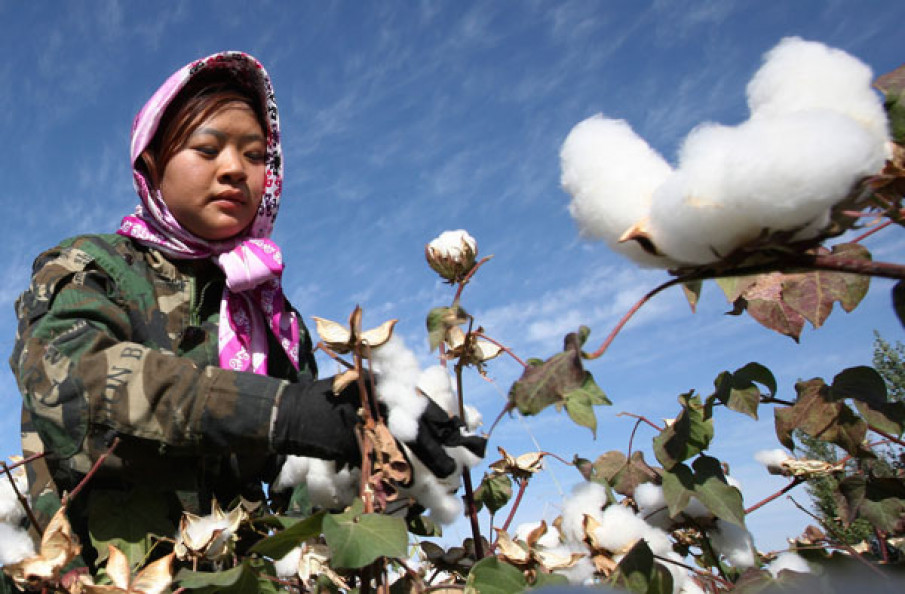|
National Development and Reform Commission announced officially on April 12 that additional 800kt of sliding-scale duty quotas of cotton would be allocated this year, in order to guarantee the cotton demand for textile enterprises. We take it for granted that international cotton supply has evident structural gap currently, and China to allocate the additional quotas in advance will increase the forward shipment orders, therefore, nearby contract would rise driven by forward contract and price spread between Chinese and international cotton would keep narrowing. However, this was not the case.
In fact, the forward shipments are too far for buyers to be booked, and buyers are relatively safe to book the nearby shipments, dampening the current buying interests. Therefore, ICE cotton futures market moved lower with no expected buying.
Firstly, for the safe procurement of nearby shipments. It is known that 91.51% of 2018/19 US cotton has been sold for exports, and there are not much available sources to purchase currently. For Indian cotton, though about 15% of cotton has not arrived on the market (by Apr 8, arrivals of 2018/19 cotton have reached 82.2% of the forecast cotton output), Cotton Association of India continues to revise lower the output, and the remaining arrivals may be lower than anticipated. Meanwhile, due to the large procurement from China during Jan and Mar, Indian cotton supply is in shortage, and prices move up sharply, leading to limited available sources. In terms of African cotton, it is basically hand-picked, and prices are higher than that of Brazilian cotton and Indian cotton. The quantity is not large, and cost performance is low. Actually, the allocated sliding-scale duty quotas are supposed to be mainly used for 2019/20 cotton (including 2019 Brazil and Australian cotton). The earliest arriving sources are Australian cotton, but its cotton output is predicted to reduce to 550kt, and prices are high, with a basis of 20-22cent/lb premium to ICE cotton contract, CIF China. Brazilian cotton is the best choice on quantity and cost performance, but it arrives on the market about 2 or 3 months later than Australian cotton, and shipment period is long, for about 15-30 days. It will arrive at Chinese ports around Aug and Sep in earliest. Therefore, it means that no cotton can seize the market shares of China in the first half year of 2019. Secondly, why new orders are limited for forward shipment. It is too far to consider to book forward shipment. There are still four months to see arrivals of Brazilian cotton, and it is hard to say what will happen in four months about the Sino-US trade relations. Currently, market players are generally expected to see US cotton buying from China. If China cancel or temporarily cancel the additional tariffs on US cotton, the basis of Brazilian and Indian cotton will decrease. Then, buyers that book the non-US cotton currently will face deficits. Therefore, under the margin of safety and risks of trade policy in the first half year, the imported cotton orders from both domestic and international traders are less than anticipated, and the driving force for imported cotton to go upward weakens, and ICE cotton futures market returns to be in consolidation. |
||||||||||||||||||||||||||||||||||||||||||||||||||||||||||||||||||||||||||||||||||||||||||||||||||||

ICE cotton goes differently as expected after China to allocate additional quotas
Το περιεχόμενο του άρθρου δεν είναι διαθέσιμο στη γλώσσα που έχετε επιλέξει και ως εκ τούτου το εμφανίζουμε στην αυθεντική του εκδοχή. Μπορείτε να χρησιμοποιήσετε την υπηρεσία Google Translate για να το μεταφράσετε.


